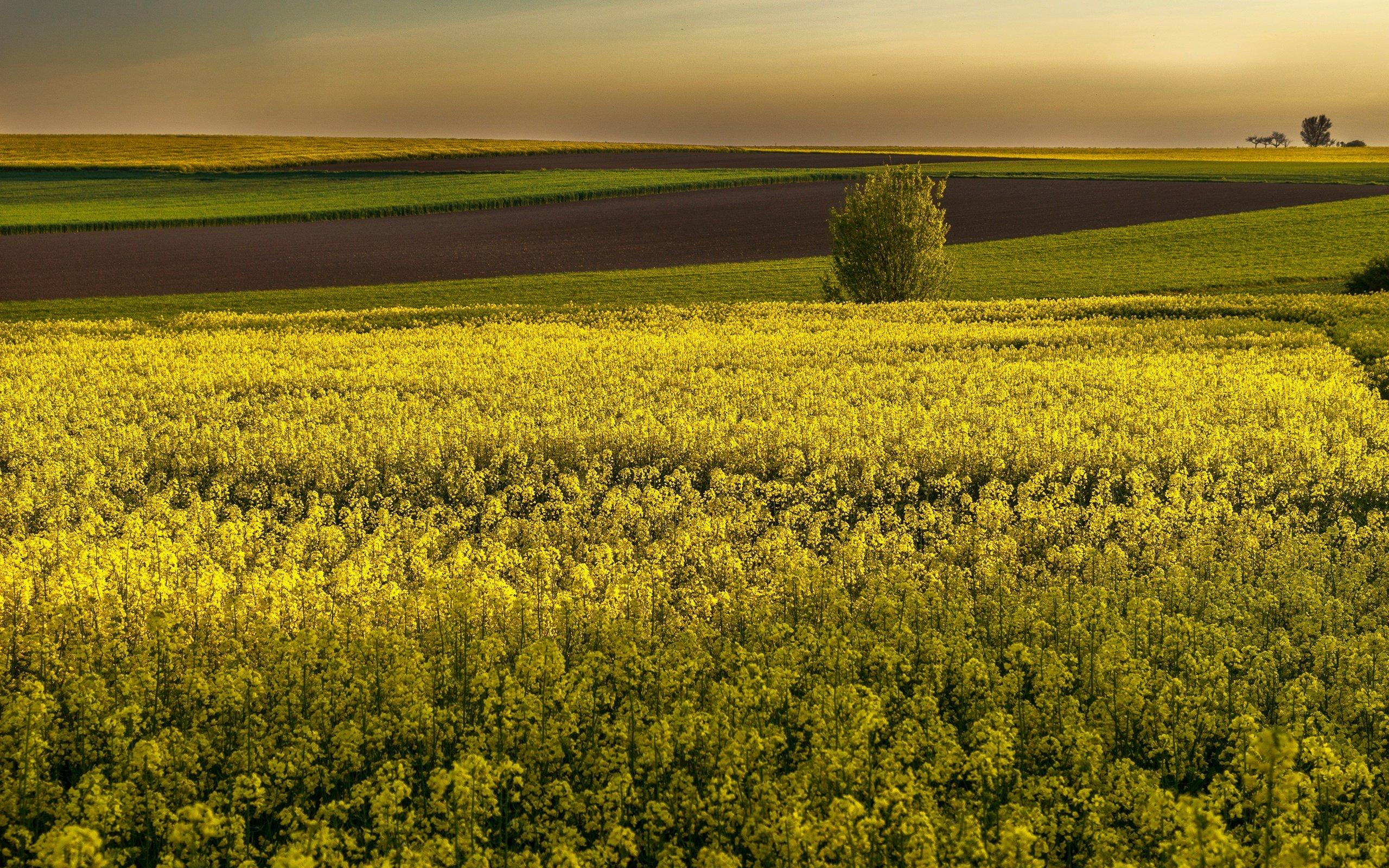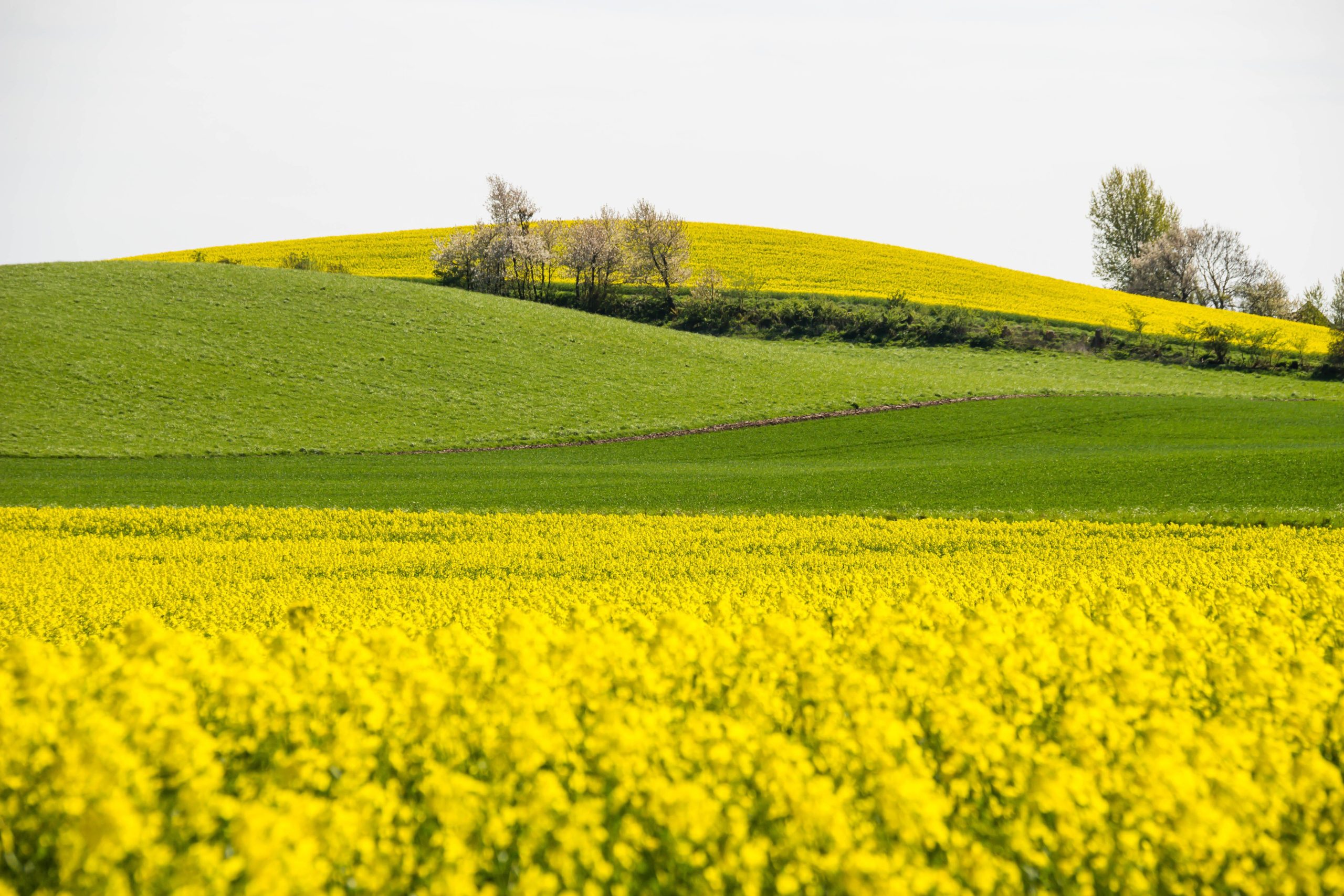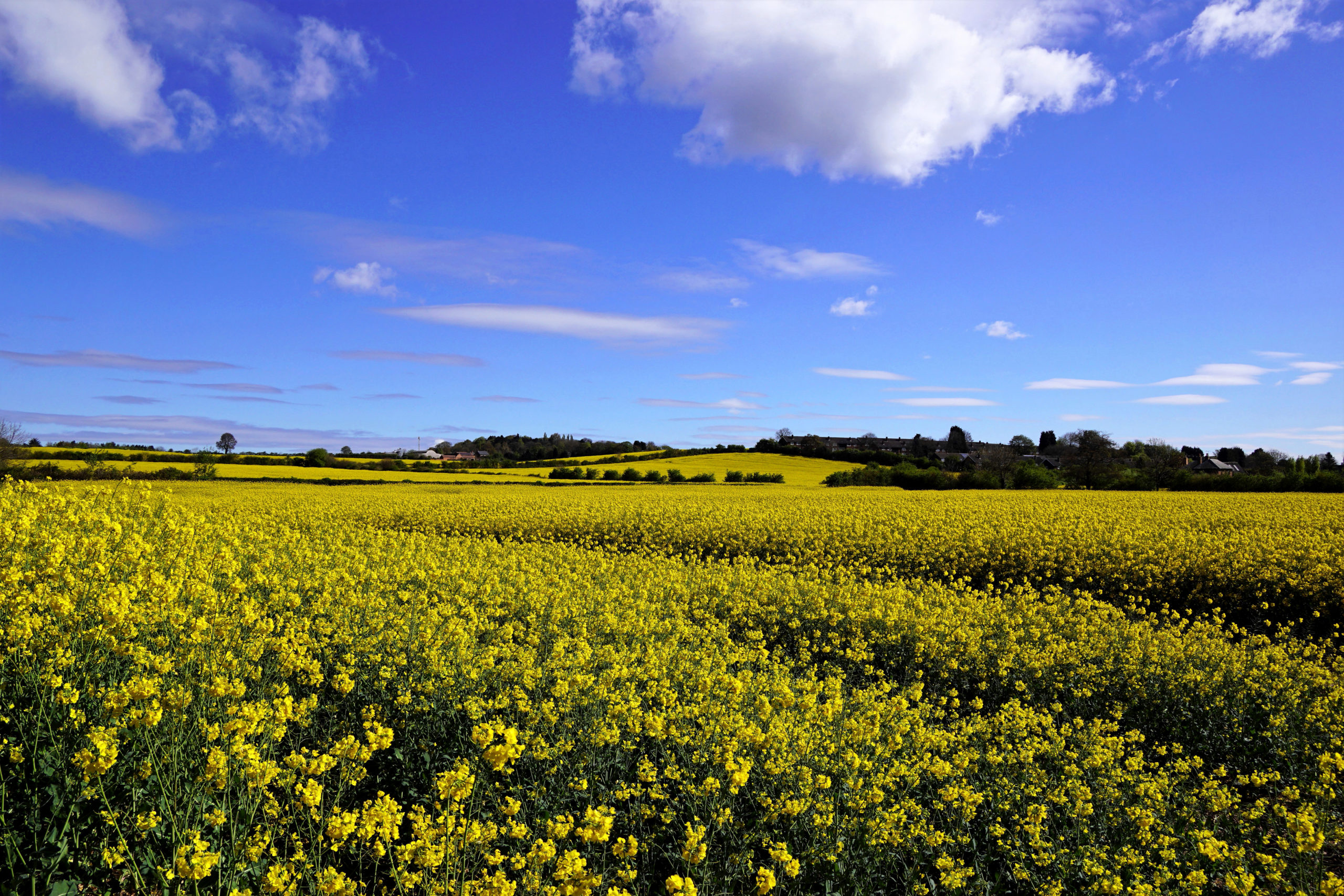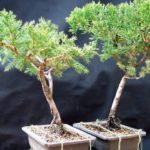Rapeseed is an annual oilseed crop that has become widespread in different countries of the world. This plant is considered virtually waste-free. It is grown as a food product and used for technical purposes. The crop can be winter or spring, which makes it possible to harvest in summer and autumn. At the same time, agronomists are interested in cultivating rapeseed - the features of planting and care, and harvesting.
Features of the plant
This annual plant belongs to the Cruciferous family. The culture was obtained artificially about 6,000 years ago.It is impossible to meet it in natural conditions. Experts believe that rapeseed was first grown in the Mediterranean.
For a long period of time, the plant did not particularly attract farmers. It was only during the agricultural revolution of the sixteenth century that rapeseed began to be actively cultivated. Until about the seventies of the last century, the plant was mainly used as cattle feed. This state of affairs was observed until rapeseed oil began to be produced in Canada. This led to a significant increase in crop production volumes.
Rapeseed is also used to make biofuels. It is actively grown as green manure to fertilize the soil. The plant is also an excellent honey plant. From 1 hectare of crops it is possible to obtain 1 quintal of honey.
Types of rapeseed
This plant is divided into 2 main types - winter and spring. The first variety withstands frost well and can be used as feed for livestock and birds. In addition to the main species, there are many hybrid varieties. For example, in Canada, breeders managed to obtain a plant variety that is used to produce canola vegetable oil.
Landing instructions
In order for the cultivation of crops to give the desired results, it is important to adhere to the rules of planting work.
Selecting a location
To get a bountiful harvest, when choosing a place to plant rapeseed, it is recommended to focus on the following criteria:
- Illumination. Rapeseed requires a lot of light. It does not develop well in shady places and does not withstand thickening. Shading leads to fading of color, thinning of stems, and elongation of internodes.
- Humidity. This plant is considered moisture-loving.With a moisture deficit, rapeseed loses its ability to absorb boron, which has a negative effect on yield parameters. In addition, drought leads to the spread of pests in the fields.
- Temperature conditions. Rapeseed is resistant to frost. It can withstand temperatures down to -15 degrees. If a winter crop is covered with a layer of snow, it can tolerate frosts down to -25 degrees. The growing season begins at parameters of +1-3 degrees. Return frosts can lead to the death of the plant. At the same time, rapeseed can hardly withstand the heat. If the temperature exceeds +30 degrees, the development of the crop slows down. In addition, such parameters negatively affect its productivity.
- Priming. Rapeseed can grow in almost any soil. This plant is grown even in the poorest soil. However, a high yield can only be obtained in a fertile substrate. As for acidity, neutral values are considered the best option.
Seed preparation and planting
When choosing seeds, it is recommended to focus on the following features:
- the optimal seed size is 1-3 millimeters;
- planting material should be treated 14 days before sowing;
- fungicides must be used to disinfect seeds;
- the maximum moisture content of treated seeds is 10-12%;
- All small and underdeveloped seeds must be removed.
The timing of planting depends on the weather and climate. It is important to take into account the type of plant:
- Winter rapeseed is planted in August-September. It is important that before the cold weather arrives, the plant has time to form rosettes of 7-8 leaves. To determine the time of planting, you should focus on winter spiked plants.There should be 3-4 weeks left before sowing them.
- Spring rape is planted quite early, but this must be done in sufficiently warm soil. Its temperature should reach +5 degrees. Typically, planting work is carried out in April or early May. The timing depends on the local climate. In light soil, planting is carried out 10 days earlier than in heavy soil.
Sowing is carried out using a continuous row method. In this case, the interval between the rows should be 12-15 centimeters. To do this, you need to use seeders with a micro-seeding function. When carrying out planting work, you should focus on the type of crop:
- When planting winter rapeseed, the seeds should be deepened by 2-3 centimeters. In dry and light soil this figure should be 3-4 centimeters. After planting, it is necessary to roll the soil. On average, it is worth planting 5-6 kilograms of seeds per 1 hectare.
- When sowing spring rape, seeds in loamy soil are deepened by 1.5-2 centimeters, and in the lightest soil - by 2-2.5. At the same time, 6-8 kilograms of seeds are required per 1 hectare.
Aftercare
Rapeseed is considered a fairly hardy crop that grows well in a variety of conditions. However, to get a good harvest, you should follow some rules.
It is important to consider that this plant is considered to be very moisture-loving. During the growing season, it consumes 1.5-2 times more moisture than cereals. At the same time, the crop can hardly tolerate stagnation of water. From the moment it begins to flower until it matures, rapeseed needs 300 millimeters of rainfall.
Before planting, fields must be cleared of perennial weeds. In this case, it is worth focusing on the type of culture:
- When planting winter rapeseed, the soil is treated with herbicides 1.5 months in advance.They are recommended to be used at a temperature of +15-20 degrees and a wind speed of no more than 5 meters per second.
- In the case of sowing spring rape, the field must be harrowed after heavy rainfall. This should be done in dry weather. At the stage of appearance of 2-3 true leaves, another harrowing is carried out - post-emergence.
When sprouts appear to control weeds, they need to be counted. To do this, frames measuring 50x59 centimeters are placed diagonally across the field. This helps determine the number of weeds and their types. To combat unwanted vegetation, it is permissible to use the following means:
- "Roundup" - used in the warm season;
- “Treflan” – used for cultivating fields before sowing;
- “Butizan” – applied after sprouts appear;
- "Lontrel" - used when 3-4 leaves appear on plants.
Pest Control
Sometimes rapeseed suffers from pests. Most often, the culture is affected by the following parasites:
- Rapeseed leaf beetle - usually overwinters in the leaf phase. In mid-spring, larvae appear and eat the leaves.
- The rapeseed bug is small in size. In early spring, it absorbs juices from the plant.
- Rapeseed flower beetle - characterized by resistance to frost. In this case, the parasite begins to damage winter rapeseed at the stage of bud formation.
If signs of insect attacks appear, special preparations should be used. The most effective means include “Nurimet Extra”, “Newstar”, “Fostran”.
Harvesting
Direct harvesting is used to harvest rapeseed. Work begins when the seeds reach a moisture content of 9-12%. The process has the following features:
- Cleaning is carried out according to green plants. In this case, you only need to grab the pods.
- When touched by the harvester, the ripe pods crack.Therefore, it must be equipped with special attachments.
- The speed of the combine should be up to 5-6 kilometers per hour. In this case, the rotation of the drum should be at the level of 600-800 rpm.
Rapeseed is a popular crop grown by many agronomists. At the same time, to obtain a good harvest, it is important to strictly adhere to the rules of agricultural technology.















